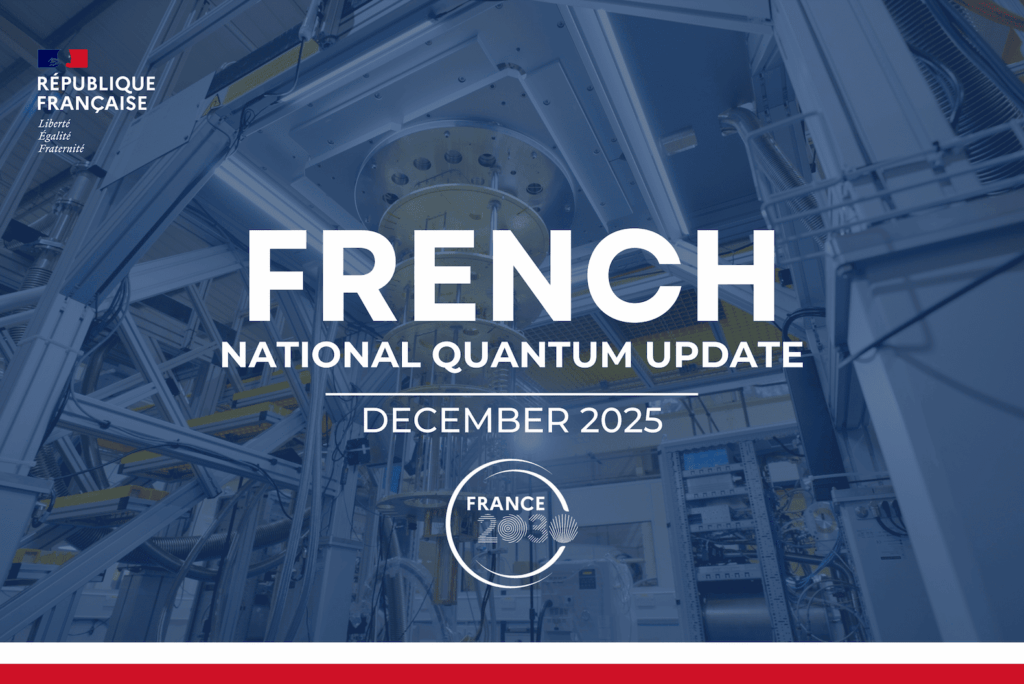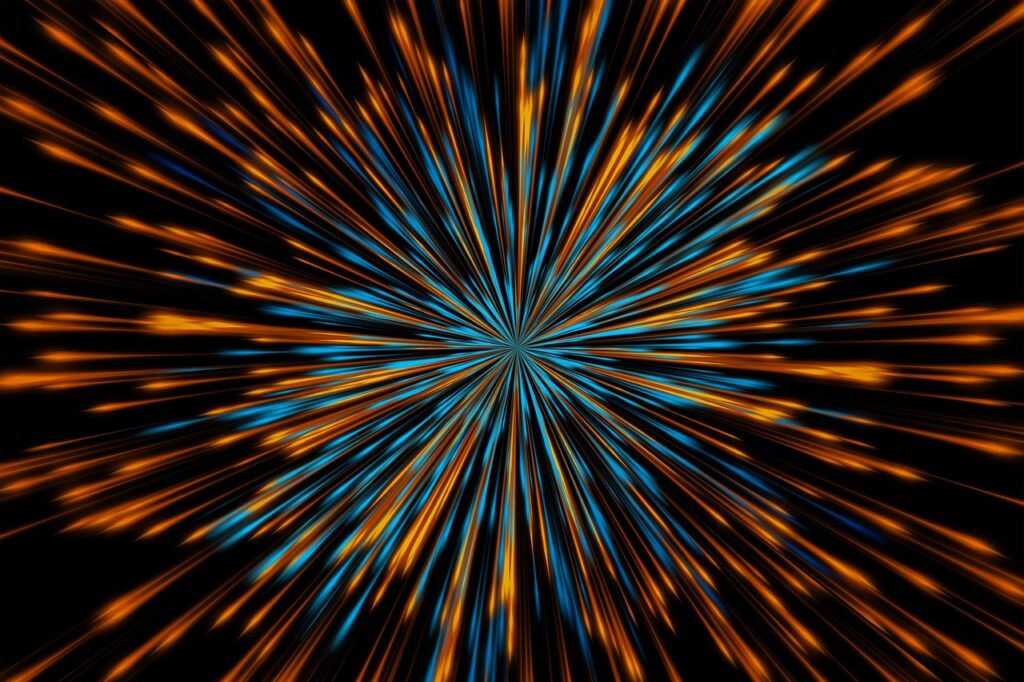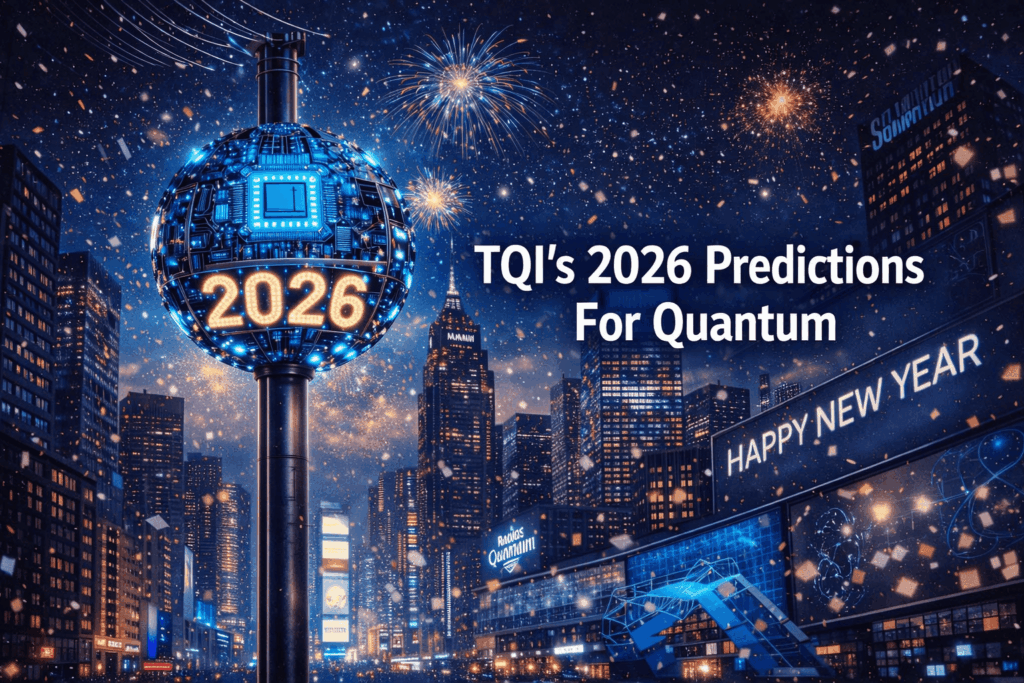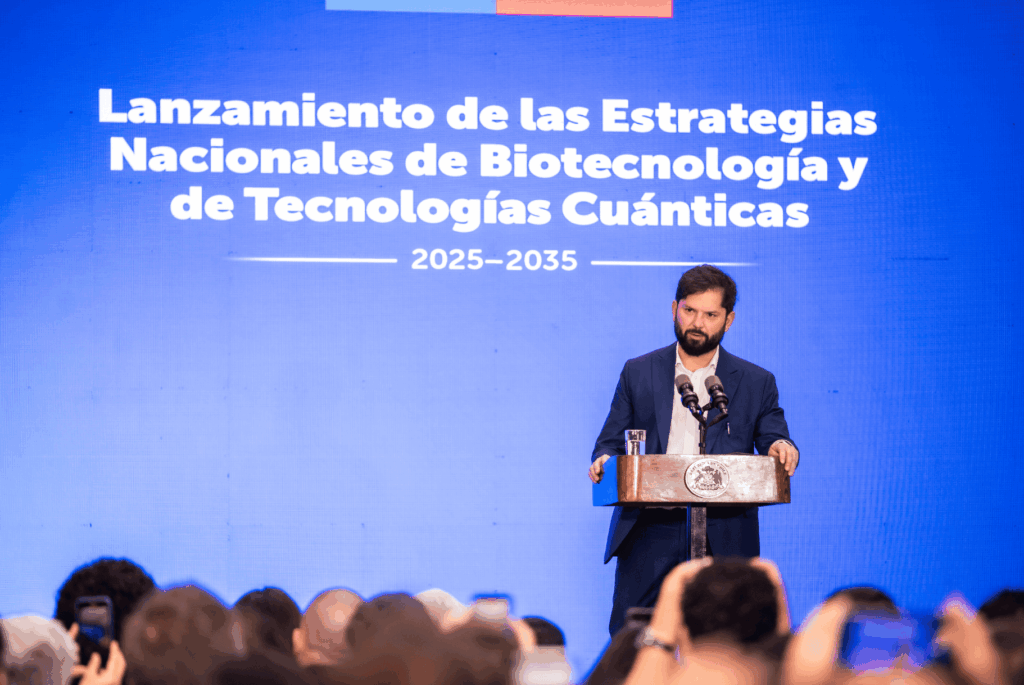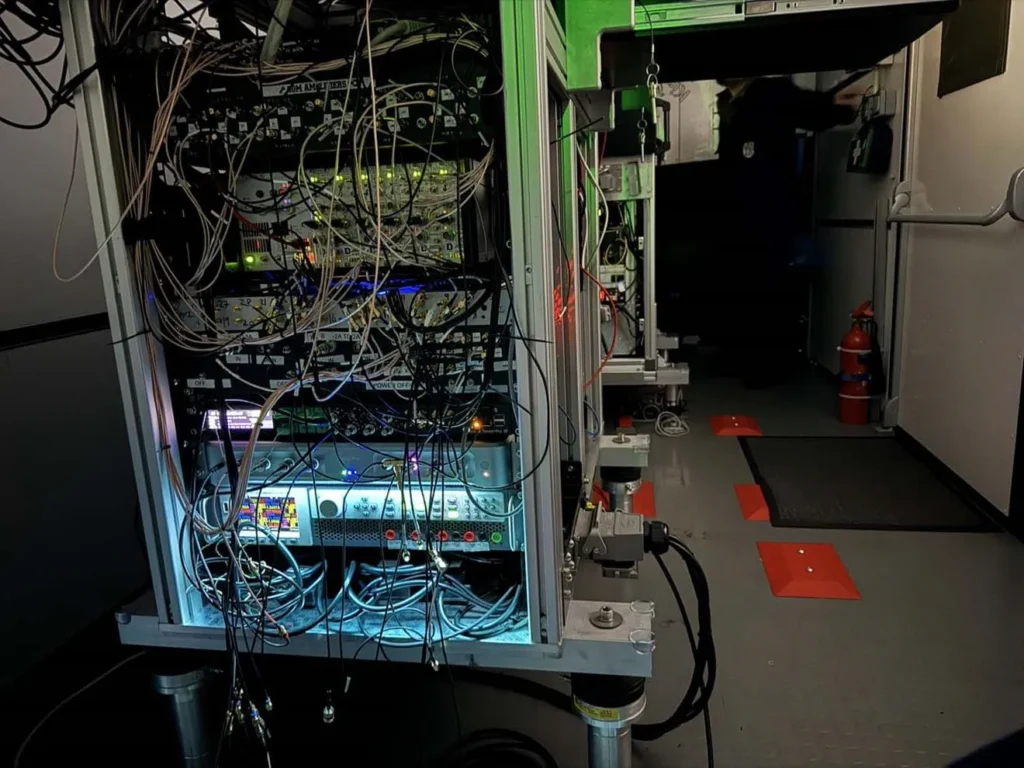Insider Brief
- Quantinuum successfully teleported a logical qubit using fault-tolerant methods on its H2 trapped-ion quantum processor, achieving a fidelity of 97.5%.
- The experiment compared two teleportation techniques, transversal gates and lattice surgery, highlighting the advantages of logical qubits, which are error-corrected and more stable than physical qubits.
- This work lays the groundwork for more reliable quantum communication networks and scalable quantum computing systems, critical for complex tasks like cryptography and material science.
It’s not often that a quantum science research paper offers a science writer the chance to use two Star Trek references in a single piece, but, thanks to Quantinuum, logical qubits, teleportation and my innate nerdiness, here we are.
In a new study, Quantinuum researchers report they demonstrated the first-ever teleportation of a logical qubit using fault-tolerant methods.
The researchers, who report the advance in the journal Science, leveraged the company’s H2 trapped-ion quantum processor, successfully transmitted quantum information encoded in an entangled set of physical qubits, marking a critical milestone toward scalable, error-corrected quantum computing.

The experiments showcase the team’s ability to teleport quantum states with real-time quantum error correction (QEC) and achieve high fidelity.
While work remains, the work likely has implications for the future of quantum networks and large-scale quantum computing. This research could, for example, help scientists develop more reliable quantum communication networks by allowing the teleportation of qubits across long distances, supporting secure data transfer. This also lays out the foundation for scalable quantum computing systems with error correction, essential for complex computations in fields like cryptography and material science.
Beam Me Up
According to a company blog post, the successful teleportation of a logical qubit — a qubit encoded using quantum error-correcting codes — might sound like science fiction, but it is science now fact. The work is also moving this a step closer to real-life practicality.
They write: “While it sounds like a gadget from Star Trek, teleportation is real – and it is happening at Quantinuum. In a new paper published in Science, our researchers moved a quantum state from one place to another without physically moving it through space – and they accomplished this feat with fault-tolerance and excellent fidelity.”
In the study, the researchers report their teleportation protocol achieved a fidelity of 0.975 ± 0.002, a measurement indicating the accuracy of the state transfer between qubits. Teleportation, in the quantum realm, refers to transferring a quantum state from one qubit to another without physically moving the qubits.
The teleportation was implemented in two ways: using transversal gates and lattice surgery, two different techniques for manipulating logical qubits.
Logical. Flawlessly Logical
Logical qubit teleportation differs from teleporting a physical qubit because it involves encoding the quantum information across multiple qubits to protect against errors. Quantinuum’s team write that they achieved this using up to 30 physical qubits at a time, demonstrating real-time error correction throughout the process.
At the risk of stating the obvious — not a bad risk to take in the quantum industry — teleporting a logical qubit offers significant advantages over teleporting a physical qubit due to error correction. While physical qubits are prone to errors from environmental noise, logical qubits are encoded with quantum error-correcting codes, ensuring greater stability and reliability during transmission. Logical qubit teleportation would therefore be integral for scientists who want to build scalable, fault-tolerant quantum computers.
Exploring Teleportation Methods
In addition to these main findings, it’s also important to underscore that the team explored different teleportation methods, comparing the performance of transversal gates and lattice surgery protocols. Transversal gates operate by applying operations to multiple qubits simultaneously, while lattice surgery is a quantum computing technique that manipulates qubit boundaries to perform operations, an approach that may be more compatible with certain hardware architectures.
As suggested above, the researches noted that this was a pioneering demonstration of lattice surgery on a QEC code and could benefit architectures that require fixed qubit positioning, such as superconducting circuits.
Quantinuum’s trapped-ion quantum processor also played a pivotal role in these experiments. The architecture, which offers all-to-all connectivity, allowed the team to implement complex error correction routines with minimal delay, a feature critical to maintaining fault tolerance. The processor used real-time decoding to apply error corrections at four stages during the teleportation protocol, including mid-circuit measurements.
As the team writes in the post, “This is the first demonstration of a fully fault-tolerant version of the state teleportation circuit using real-time quantum error correction (QEC).”
Practical Implications
This research advances quantum computing by making teleportation a reliable tool for quantum systems. Teleportation is essential in quantum algorithms and network designs, particularly in systems where moving qubits physically is difficult or impossible.
By implementing teleportation in a fault-tolerant manner, Quantinuum’s research brings the field closer to practical, large-scale quantum computing systems. The fidelity of the teleportation also suggests that future quantum networks could reliably transmit quantum states over long distances, enabling new forms of secure communication and distributed quantum computing.
The use of QEC in these experiments is especially promising, as error correction is one of the key challenges in making quantum computing scalable. Without fault tolerance, quantum states are prone to errors caused by environmental noise, making complex computations unreliable. The fact that Quantinuum achieved high fidelity using real-time QEC demonstrates the increasing maturity of its hardware and software systems.
Methods
Quantinuum’s experiments were performed using the company’s H2 quantum processor, which is based on a trapped-ion architecture. This technology is known for its flexibility and precise control of qubits. Both methods of teleporting logical qubits — transversal and lattice surgery gates — involved creating an entangled state between qubits, measuring this state, and then transferring the quantum information to another qubit based on those measurements.
The team used a quantum error correction code known as the Steane code, which encodes a logical qubit across several physical qubits. This code allows errors to be detected and corrected during the computation. In the transversal gate method, multiple qubits are manipulated simultaneously, while in lattice surgery, operations are performed in a more localized manner, which can be advantageous for certain hardware architectures.
The fidelity of the teleportation was measured using a process known as state tomography, which involves preparing a known quantum state, teleporting it, and then measuring the output to determine how well the state was preserved. For the transversal gate teleportation, as mentioned, the fidelity was measured at 97.5%, and for lattice surgery, it was slightly lower at 85.1%.
Limitations and Future Research Directions
While the research represents a significant advance, there are limitations that will likely shape the path of future work. One of the main challenges is the noise introduced by the quantum gates and measurements used in the teleportation protocols. In particular, the lattice surgery method had a lower fidelity than the transversal gate method, which could be attributed to the increased gate count and memory errors.
As the researchers write in the paper, “The fidelities for the 0QEC, 1QEC, and the MXXMZZ circuits drop according to the number of transport steps and gate count.”
Another limitation is the size of the quantum system used in these experiments. Although 30 qubits were sufficient to demonstrate logical qubit teleportation, larger systems will be required to implement more complex quantum algorithms and networks.
The researchers suggested that further optimization of the quantum error correction protocols and hardware would be necessary to scale these systems. As they stated in the conclusion of their paper, “Enhanced decoding could also be achieved by incorporating biased noise knowledge and decoding all measured syndromes.”
Future research will likely focus on improving the fidelity of the teleportation process, as well as extending the techniques to larger quantum systems. Quantinuum’s research also opens up the possibility of exploring other quantum error correction codes and teleportation protocols, which could offer better performance for specific types of quantum applications.











